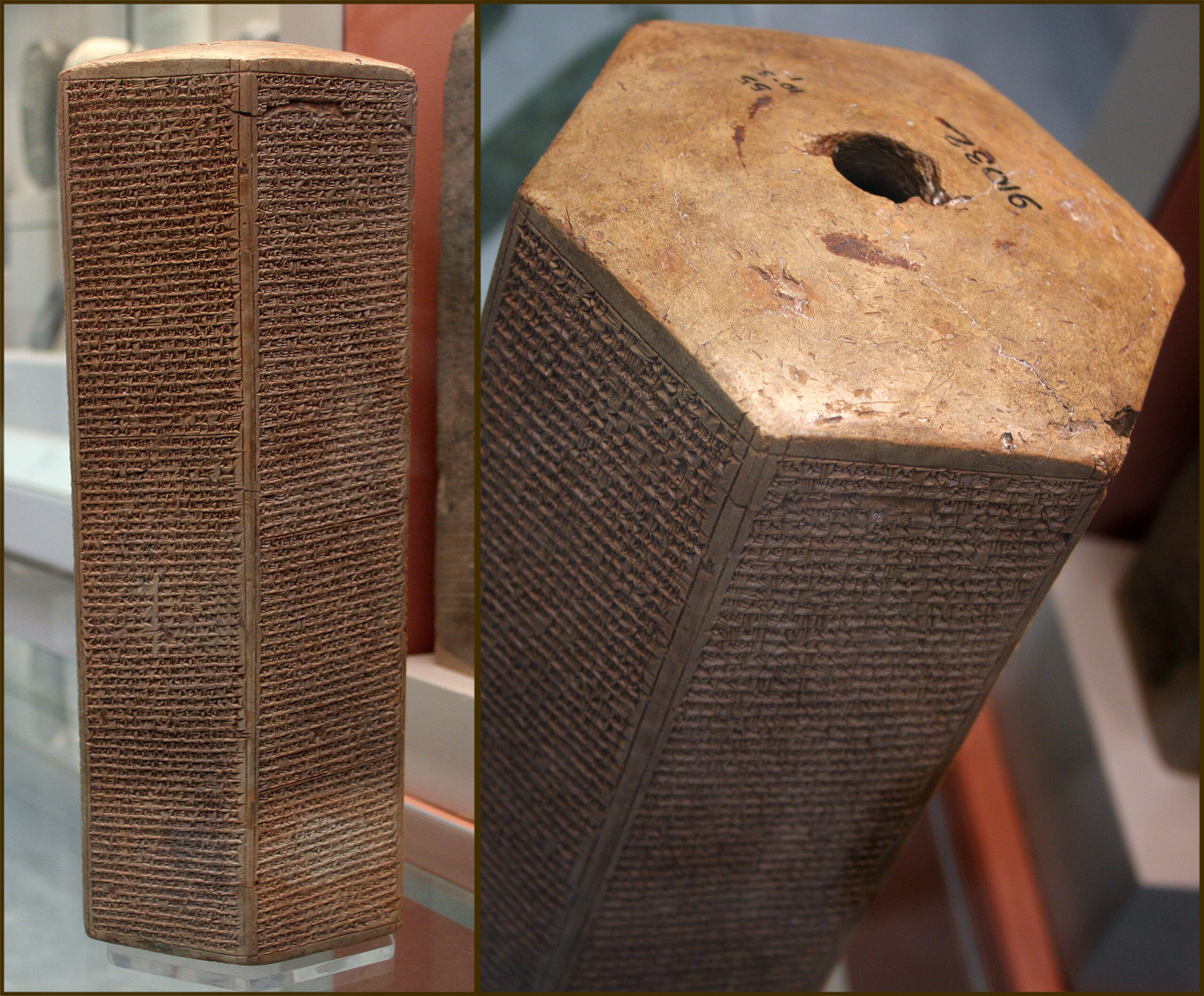

Black History Case Files is more than a project—it’s a mission. We are dedicated to uncovering, documenting, and revealing the undeniable truths of history that have too often been ignored, rewritten, or deliberately buried. If history has been silenced, we give it a voice. If the record has been distorted, we set it straight. And if the truth is hidden beneath layers of time, bias, or neglect, we will dig it up and bring it back into the light. Every page, every case, and every discovery is part of a larger journey: to restore dignity, reclaim identity, and reconnect generations with the heritage that belongs to them. History is not lost—it is waiting to be found. And we are here to find it.
Were the Biblical Israelites White or Black?

admin
Categories: Uncategorized
The Question People Want to Know
It’s a question that has stirred debate for centuries: what did the Biblical Israelites actually look like? Were they pale-skinned like the later Europeanized images that fill medieval manuscripts and Renaissance paintings, or did the Biblical Israelites resemble the darker-skinned populations of Africa and the ancient Near East? Today, both science and archaeology provide compelling answers.
The Science of Skin Color: Neanderthal DNA and the BNC2 Gene
In 2022, geneticist Svante Pääbo was awarded the Nobel Prize for his groundbreaking work in paleogenomics—decoding ancient DNA, including that of Neanderthals. Among his discoveries was the identification of Neanderthal contributions to modern human traits, including genes that influence immunity, metabolism, and, crucially, skin pigmentation.
Understanding the physical appearance of the Biblical Israelites helps to contextualize their history and culture within the broader spectrum of ancient civilizations.
One of these is the BNC2 gene mutation, which directly affects the degree of skin saturation. Research has shown that variants of this gene inherited from Neanderthals are associated with lighter or pale skin in Europeans. In other words, the ability to develop pale skin was not part of the “original” genetic toolkit of anatomically modern humans—it was borrowed through interbreeding with Neanderthals tens of thousands of years ago.

This means that the earliest Homo sapiens—the ancestors who walked out of Africa—did not have pale skin. Their complexion was darker, suited to intense UV exposure in equatorial environments. Pale skin in Europeans is a later development, the result of Neanderthal gene flow into Eurasian populations.
The historical representation of the Biblical Israelites is essential for appreciating their contributions to early monotheistic traditions.
The Archaeological Record: Judah on the Lachish Relief
Now let’s step from the laboratory to the ancient stones of Assyria. On the walls of King Sennacherib’s palace at Nineveh, the Lachish Relief (701 BCE) depicts the conquest of the Judean city of Lachish. It is one of the most detailed records of ancient Judahites, carved by Assyrian artisans who prided themselves on capturing the distinct look of their enemies.

What do we see?
Reflecting on the physical characteristics of the Biblical Israelites allows for a deeper understanding of their identity and legacy.
- Short, woolly, tightly curled hair, carved as small raised knobs across the scalp.
- Short curly beards, consistent with the same tightly coiled texture.
- No depictions of flowing, straight, or wavy hair associated with northern or European populations.
- Cranial studies of ancient Near Eastern skeletal remains from Judah and neighboring regions further confirm traits consistent with African and Afro-Asiatic populations, not with Europeans carrying Neanderthal-derived depigmentation alleles.
The relief is clear: the people of Judah did not exhibit the physical markers we now know are linked to Neanderthal gene mutations, such as the BNC2 skin-lightening variant.
What This Means
When the Lachish Relief and genetic science are taken together, a powerful conclusion emerges:
- Pale skin is the result of Neanderthal admixture, not the ancestral human condition.
- The Israelites of 701 BCE, as documented in the Lachish Relief, are shown with dark skin and woolly hair—features consistent with the original human phenotype rather than later Neanderthal-influenced traits.
- The claim that the Biblical Israelites were pale or “white” is not supported by archaeology, genetics, or history. It is a later cultural projection.
The findings about the Biblical Israelites reveal much about the ancient Near Eastern context and its diverse populations.
The truth, carved in stone and confirmed in DNA, is that the ancient Israelites were not European in appearance. They looked more like their African and Afro-Asiatic neighbors—bearing the same traits of dark skin and tightly coiled hair seen across the archaeological record of the region.
Conclusion
So, were the Biblical Israelites white or black? The answer is not found in Renaissance art or modern stereotypes, but in science and archaeology. Svante Pääbo’s Nobel Prize–winning work reveals that pale skin is a Neanderthal mutation, not the original state of humankind. The Lachish Relief, etched in the days of Sennacherib, shows us Israelites with woolly hair and African features. Together, they speak with one voice: the Israelites of the Bible were not white Europeans, but a people tied to the darker-skinned populations of the ancient world.
In conclusion, the Biblical Israelites should be viewed in the context of their time, without the influence of contemporary racial categorizations.
This understanding helps to foster a more accurate portrayal of the Biblical Israelites in both historical and modern discussions.
Ultimately, the legacy of the Biblical Israelites is intertwined with a rich tapestry of cultures and histories that shaped the ancient world.
Recognizing the true appearance of the Biblical Israelites is crucial for dismantling stereotypes that have persisted for centuries.
You can view the Lashish Relief at the British Museum
1 thought on “Were the Biblical Israelites White or Black?”
Leave a Comment Cancel reply
Recent Blog

September 8, 2025
admin
Copyright 2024 Archaeology theme. All Rights Reserved.


Really great article.